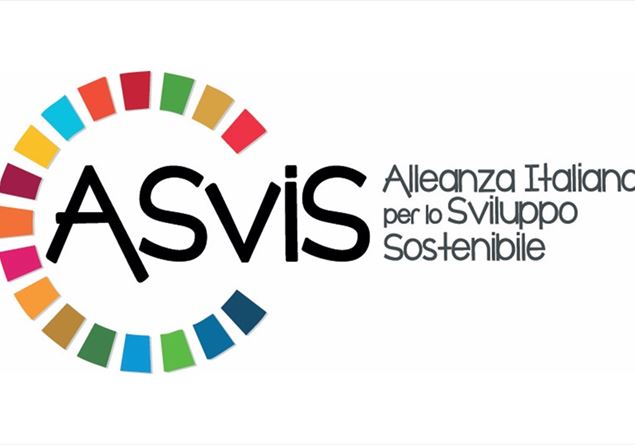Each month, many households get rid of their damaged furniture. However, these bulky items can often be repaired or transformed. Before you start recycling, it is better to know some basic rules. Here are our tips.
Perfect for a recovery decor, bulky items are a real gold mine to make new with old. Moving yourself with what others throw? It is a dream that could come true! To know : The collection of bulky items is a service provided free of charge by all the cities of France, so there is no question of invoicing it, so pay attention to the scams.
What do we call bulky?
By bulky, we imply All waste from domestic activity which, by their volume and/or weight, cannot be collected by the usual collection of household waste. This is why they require a very special mode of treatment and must be deposited on the public highway. When ? The day before the day of the day of the collection, or as late as possible. The conditions for collecting bulky being defined by a decree taken by the mayor. It may be either a collection on a fixed date or by appointment (this is the case in most large cities), a deposit in reception centers made available to the public or a deposit in a treatment or recovery installation. In practice, it is better to inform yourself with your town hall to find out the methods of taking charge of your bulky items.
If no list of bulky people has been drawn up by law, are considered bulky:
- The furniture (chair, table, wardrobe, dressing room …),
- bedding (box spring and mattress),
- bulky household appliances (fridge, freezer, dishwasher, washing machine, stove …),
- audiovisual (television, hifi channel, DVD player …),
- sanitary equipment,
- childcare equipment,
- Garden equipment (parasol, barbecue, slide …),
- The doors and windows,
- floor coverings,
- wood and boards,
- leisure objects (bike, swimming pool, weight training apparatus …),
- The boxes …
And here are the elements that are not considered bulky, and in fact, not eligible for collection. They must therefore be deposited at the recycling center closest to you, at the mechanic or in other adapted collection points:
- the rubble,
- used tires,
- motor vehicles,
- gas cylinders,
- hazardous waste (acids, liquid solvents, paintings, oils, batteries and batteries …),
- Energy saving neon tubes and bulbs,
- Green waste …
Do I have the right to recover the bulky items?
If at the bend of a street, you come across an object that you like in the middle of bulky items, can you serve yourself? Legally, the answer is yes! By definition, bulky items are objects abandoned by their former owner, nothing prevents you from recovering them, since they fell into the public domain.
To do this, the day before the collection, start by bringing you a good pair of very thick gloves, you never know what we are going to fall and dress accordingly, preferring clothes to which you do not really hold. If you have the possibility of being conveyed, it is better, but you can also bring back beautiful finds by moving on foot.
How to recycle bulky items?
A good way to make life easier! Once the object (s) is identified, it isassess the state. To do this, go around the owner by examining it from every angle, by removing the drawers if necessary, scraping … so as not to bring back furniture or objects infected with insects – bedbugs in mind – or by mushrooms, our advice is to leave the dubious furniture, crumbled or riddled with holes, too bad for them. Once your appreciation has been made, you will have to renovate it or even make back And thanks to the many video tutorials present on YouTube, it is a real breeze, provided you are well equipped and have the right tools.
To offer a new look for a new life to bulky items recovered in the street, the first and fundamental step is to clean them. We start by sucking them, passing them a good cloth, scouring them with lukewarm water and Marseille soap, baking soda and black soap, washing the textiles in machine. Or even Treat wooded furniture Against pests, with a disinfectant or a lacquer and by putting the furniture in quarantine for 24 to 48 hours in an airtight packaging. Then we dive it in order to be able to pitch. There are now under layers capable of avoiding sanding for the most in a hurry if necessary, the holes is rebuilt using wood dough and repaired it with wood glue. We give him A good brushstroke And we finish with a protective varnish and voila, voila!








